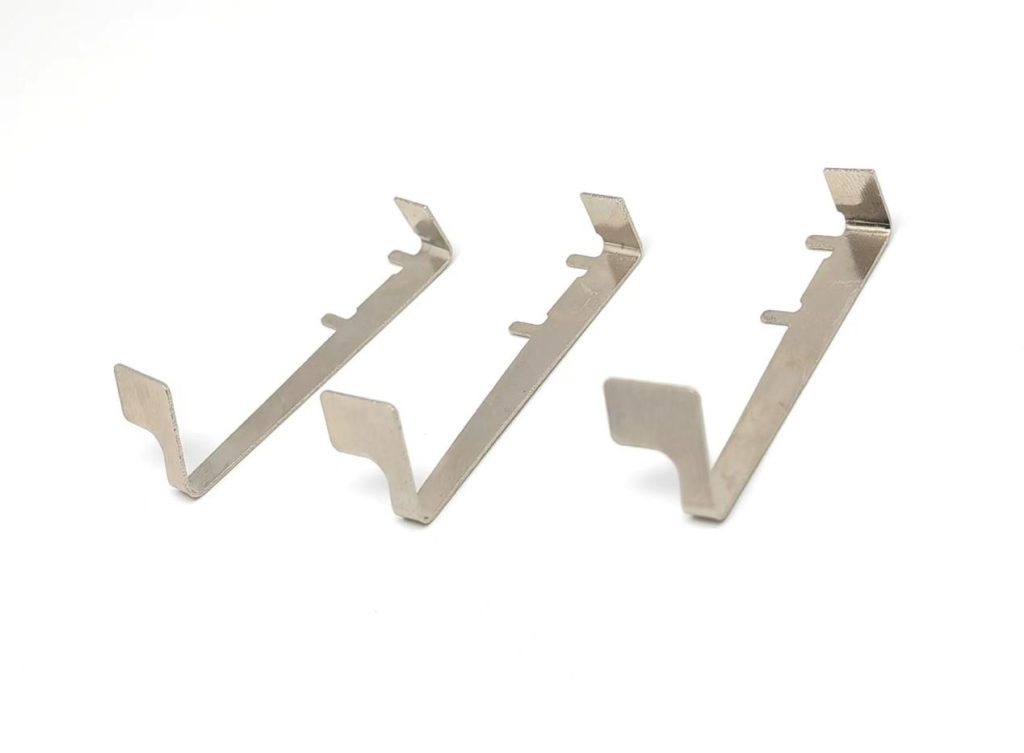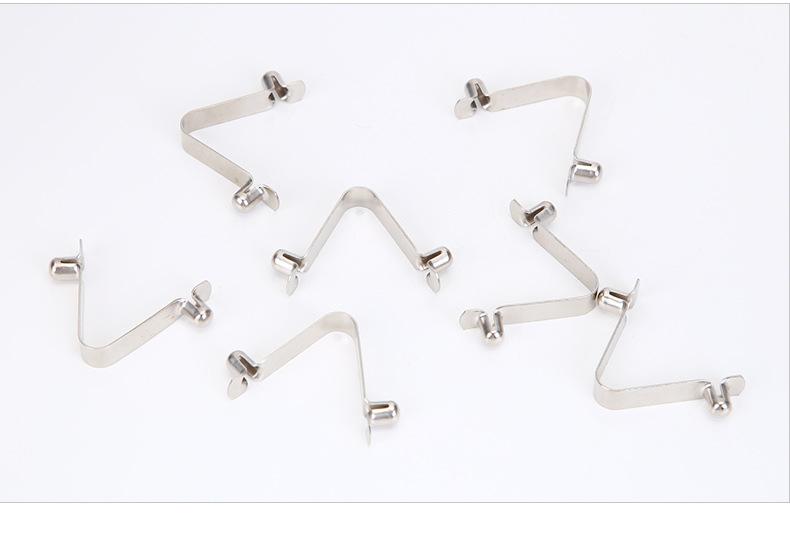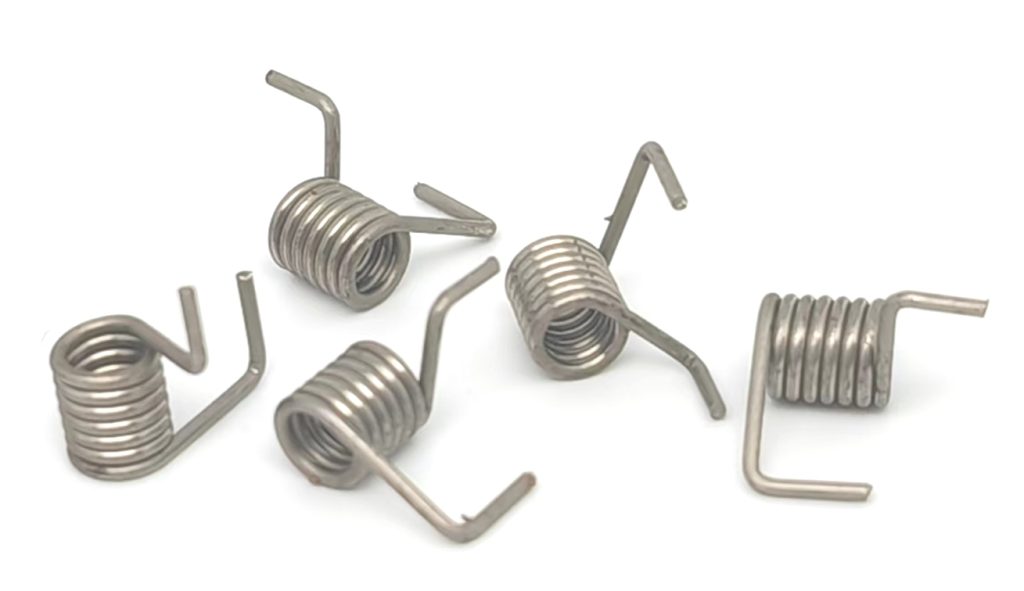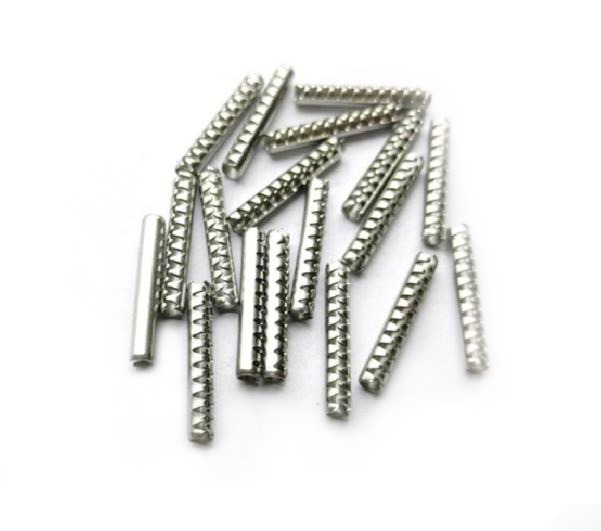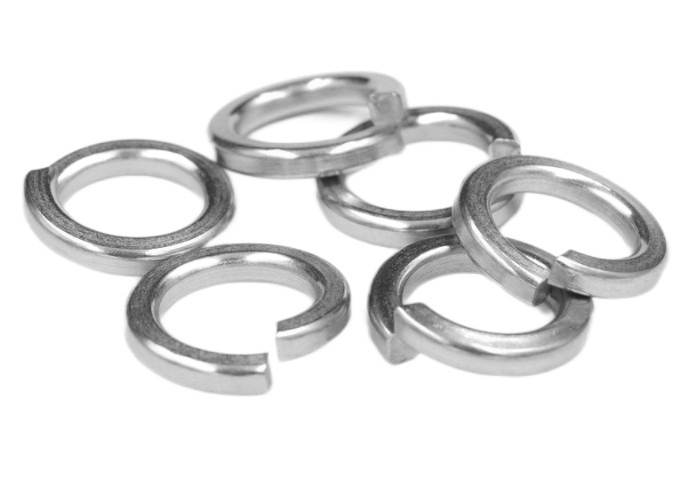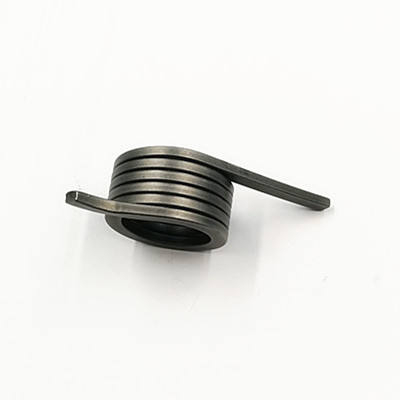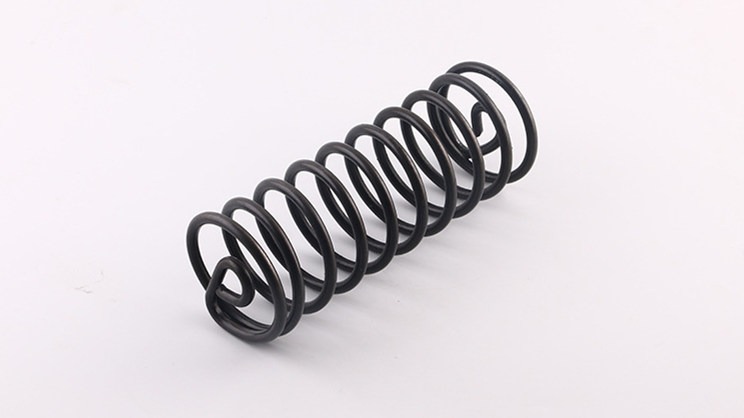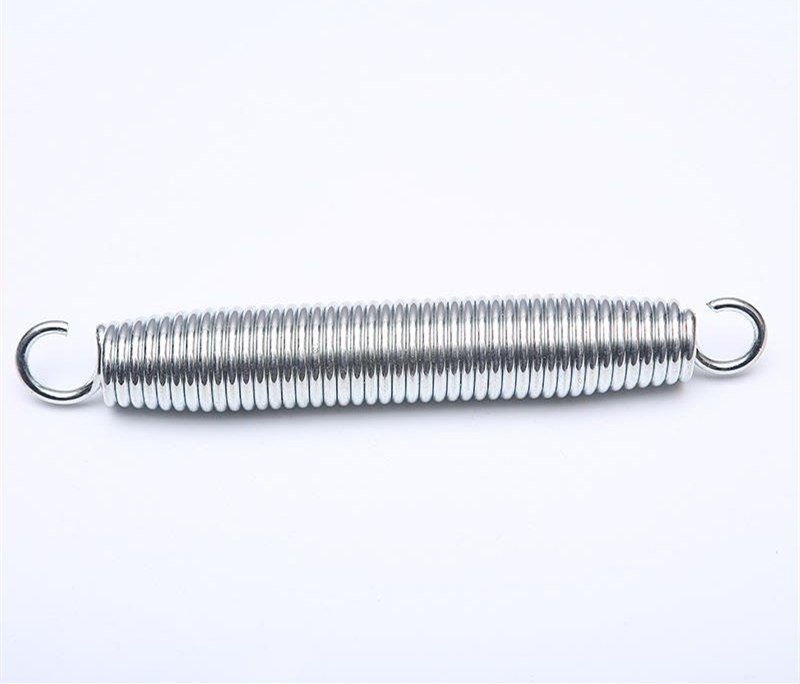Die Springs: Tips for Selecting and Using Them Effectively
Die springs are an essential component in many industrial manufacturing processes, providing the necessary force to close and open a die or mold. Choosing the right type of die spring and using it effectively can help businesses achieve optimal performance and productivity in their manufacturing processes.
In this article, we provide tips and insights for business buyers on how to select and use die springs effectively.
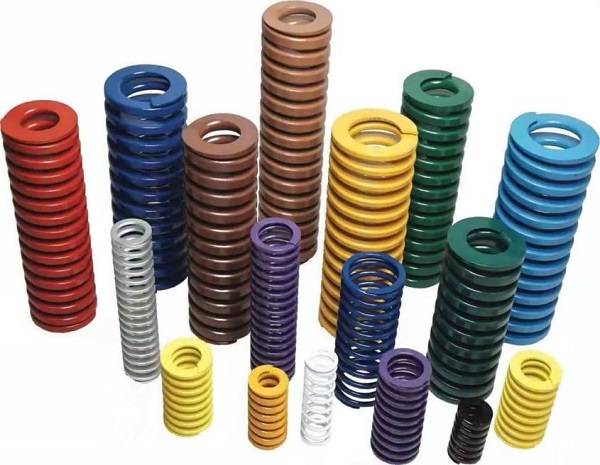
Understanding Die Springs
Die springs are made of high-tensile strength alloy steel and come in different sizes, colors, and load capacities. They are categorized by color codes that indicate their load-bearing capacity and deflection. The different types of die springs available in the market include light, medium, heavy, and extra heavy-duty.
When choosing a die spring, it’s essential to consider several factors, including load requirements, deflection, stroke, and cycle life. The load requirement is the force required to close the die or mold, and it determines the size of the die spring. The deflection is the distance the die spring compresses under load, and it determines the amount of force the die spring provides.
The stroke is the distance the die spring can compress and extend, and it determines the range of motion of the die or mold. The cycle life is the number of compressions and extensions a die spring can withstand before it fails. Choosing the right die spring for a specific application requires an understanding of these factors and how they relate to the manufacturing process.
Choosing the Right Die Spring
Selecting the right type of die spring for a specific application is critical to achieve optimal performance. There are several steps that businesses can take to choose the right die spring:
Calculate the Load Requirements: The load requirement is the force required to close the die or mold. To calculate the load requirements, businesses need to know the weight of the die or mold and the required clamping force.
Select the Appropriate Color Code: Die springs are color-coded to indicate their load-bearing capacity and deflection. Choosing the right color code is critical to ensuring the die spring can handle the load requirements and provide the necessary force.
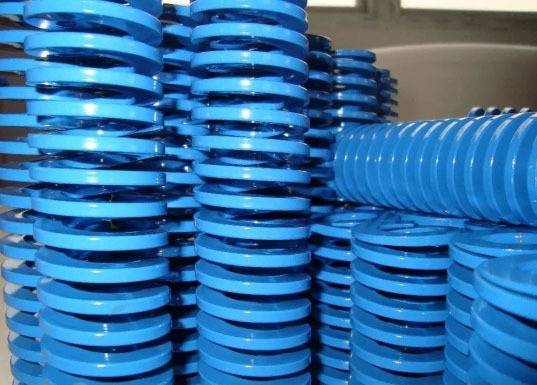
Measure Deflection Accurately: Measuring deflection accurately is crucial to ensure the die spring provides the necessary force. The deflection is the distance the die spring compresses under load, and it determines the amount of force the die spring provides.
Choose the Right Stroke Length: The stroke is the distance the die spring can compress and extend, and it determines the range of motion of the die or mold. Choosing the right stroke length is critical to ensuring the die spring can provide the necessary force and achieve optimal performance.
Consulting with experts or suppliers can help businesses choose the right die spring for their specific application. Experts can provide advice on load requirements, color code selection, deflection measurement, and stroke length selection.
Maintaining Die Springs
Regular maintenance and inspection of die springs are critical to ensure they function correctly and have a long lifespan. Here are some tips for maintaining die springs:
Clean Die Springs Regularly: Cleaning die springs regularly can help prevent corrosion and debris buildup that can affect their performance.
Lubricate Die Springs: Lubricating die springs can help reduce friction and wear, extending their lifespan.
Store Die Springs Properly: Storing die springs in a dry and cool place can help prevent corrosion and deformation.
Businesses should look out for signs of wear and tear, such as cracks, rust, or deformation, and replace worn-out die springs promptly. Replacing worn-out die springs can help prevent costly downtime, product defects, and accidents.
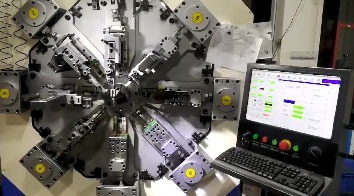
Die springs play a critical role in industrial manufacturing processes, and selecting and using them effectively can help businesses achieve optimal performance and productivity. By considering load requirements, deflection, stroke, and cycle life, businesses can choose the right die spring for their specific application.
Regular maintenance and inspection of die springs can also help prevent costly downtime, product defects, and accidents. At KENENG, we offer a wide range of high-quality die springs that are designed to provide consistent and reliable performance in various industrial applications. Our team of experts can help you select the right die spring for your specific needs and provide guidance on maintenance and inspection.
By following these tips and working with KENENG, businesses can ensure they are using die springs effectively and efficiently in their manufacturing processes. With the right knowledge and tools, you can maximize the benefits of die springs and achieve success in your manufacturing processes. Contact us today to learn more about our die spring products and services.

